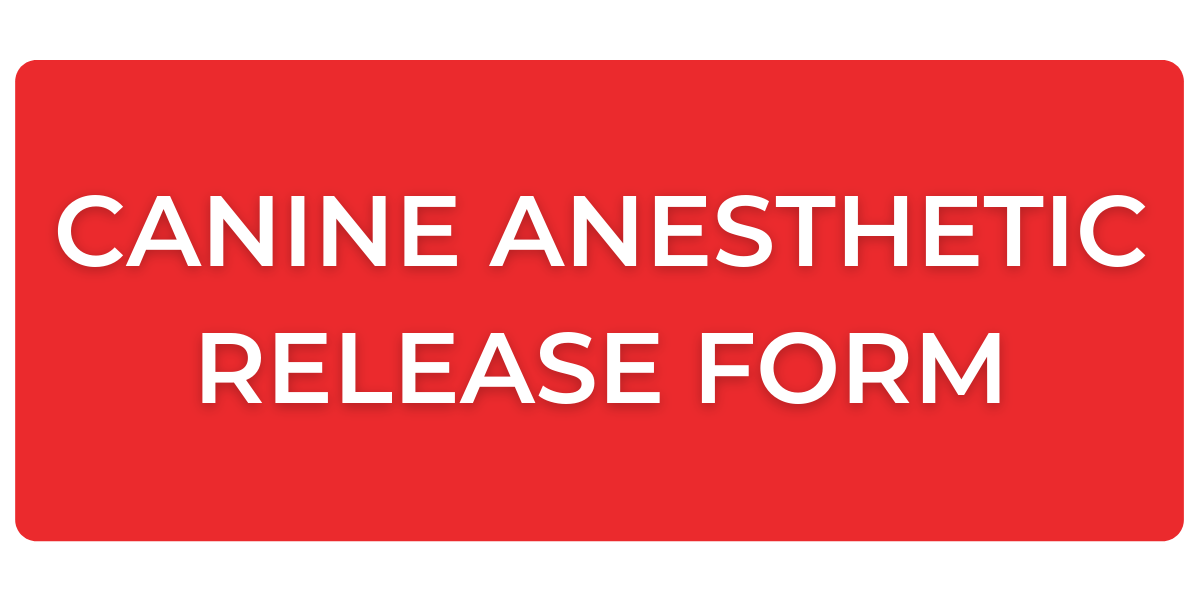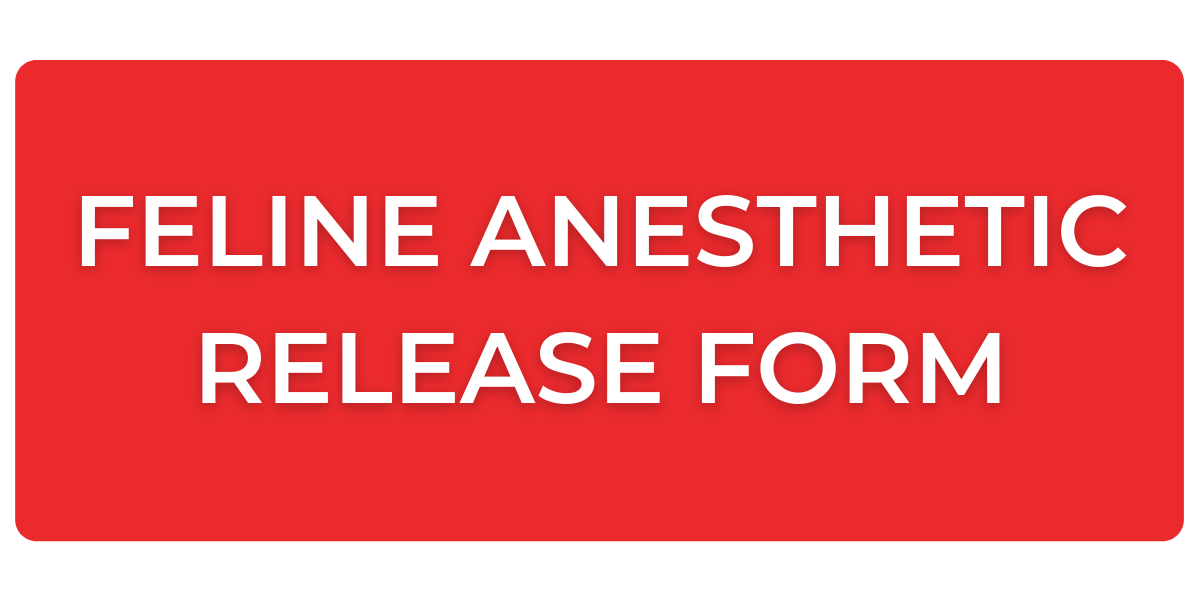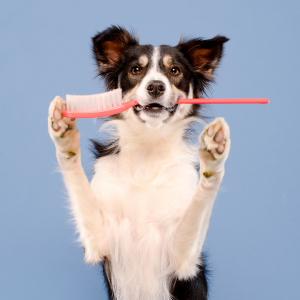
Our Surgery Services
Spay & Neuter Request Form
We offer high-quality, affordable dental procedures and minor surgeries such as hernia repairs, mass removals, cherry eye repair, and more!
 |
 |
| Surgery Pricing | |
| Feline Neuter | $120 |
| Feline Spay | $170 |
| Canine Neuter | |
| Small Dog (under 25lbs) | $193 |
| Medium Dog (26 – 50 lbs) | $204 |
| Large Dog (51 – 80 lbs) | $264 |
| Extra Large Dog (81 – 100lbs) | $297 |
| Giant Breed Dog (over 100 lbs) | $330 |
| Canine Spay | |
| Small Dog (under 25lbs) | $220 |
| Medium Dog (26 – 50 lbs) | $242 |
| Large Dog (51 – 80 lbs) | $310 |
| Extra Large Dog (81 – 100lbs) | $337 |
| Giant Breed Dog (over 100 lbs) | $370 |
| Additional Surgery Charges | |
| Feline Cryptorchid Neuter | 60+ |
| Feline in Heat/Pregnant/Overweight/>2 yrs | $10 – $50 |
| Feline Hernia Repair | $25+ |
| Canine Cryptorchid Neuter | $85-$120 |
| Canine in Heat/Pregnant/Overweight/>2 yrs | $50 – $100 |
| Canine in Heat <2 yrs | $50 – $100 |
| Canine Hernia Repair | $35 – $85 |
Dental Procedures
Veterinary Dental Procedures can be costly, but are extremely necessary to maintain your pet’s health. Most pet dental disease occurs below the gum line, where you can’t see it. While most people think “Doggy Breath” is just part of being a dog (or cat), it’s not! Bad breath signifies dental disease. It’s very common, and very preventable! Between routine care at home like brushing and dental chews, and annual visits with your vet, your pet’s dental health can be managed easily, which is critical not only for the health of their teeth, but for their overall health as well. Like in humans, untreated dental disease can damage internal organs, including the heart, liver, and kidneys. Our dental procedures are affordable and effective at keeping your pet’s oral health on track, even into their senior years.
We recommend dental exams for all cats and dogs two years and older, and in-home brushing is recommended a minimum of 3 times a week starting at five months old.
 Dental Facts:
Dental Facts:
-
-
-
-
-
-
-
-
- By Age 3, 70% of cats and 80% of dogs will have a form of dental disease
- “Doggy Breath” is not normal and is a sign of dental disease
- Regular dental care can help your pet live up to 20% longer
- If left untreated, dental disease can affect your pet’s vital organs.
-
-
-
-
-
-
-
Have you noticed your pet has bad breath lately? Call us to schedule an appointment at 530-206-3090